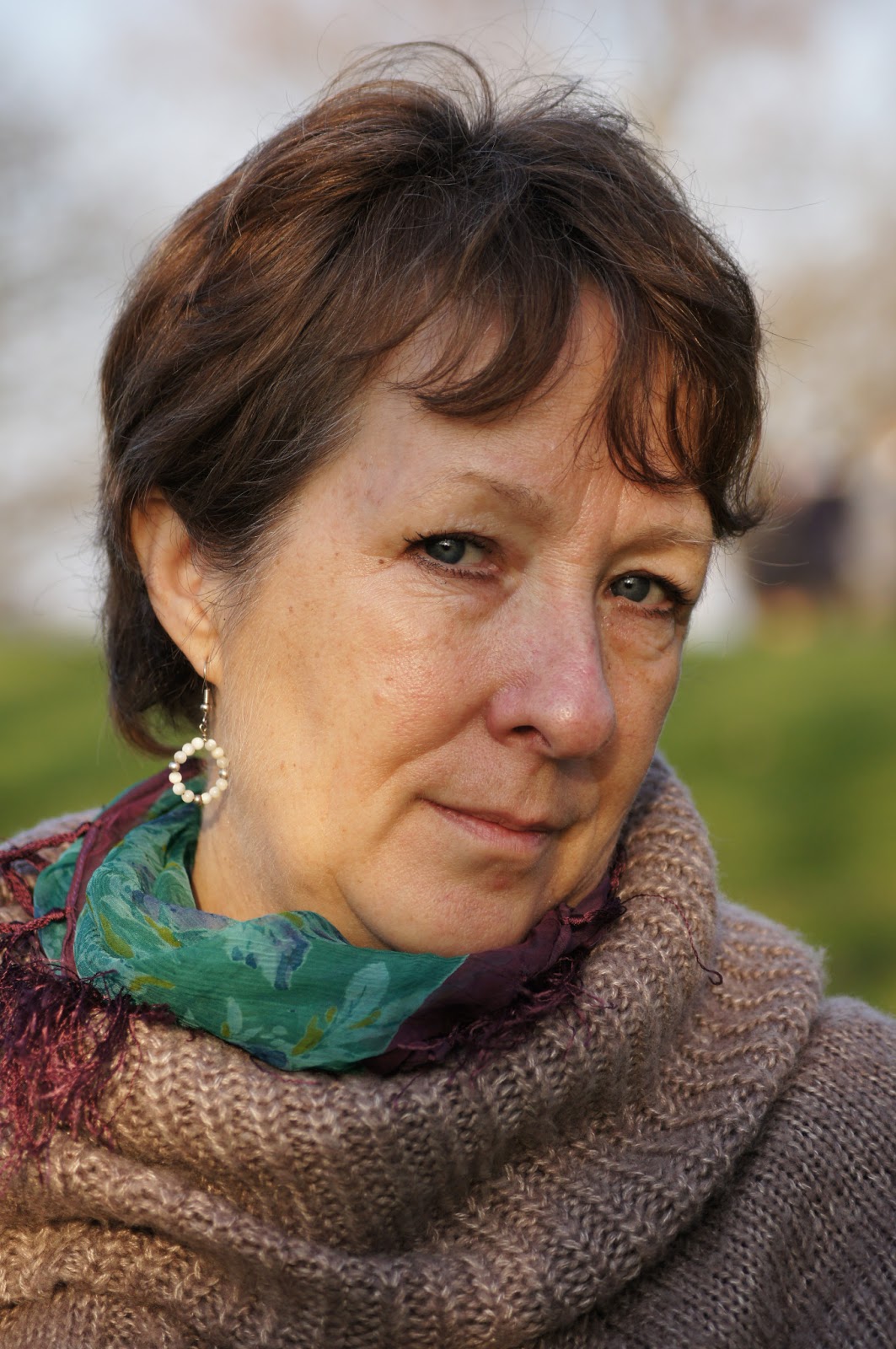Portrait, scale and setting
 |
|
|
|
|
|
|
| 1. |
|
|
|
|
|
|
 |
| 2. |
 |
| 4. |
Starting with
close-up framing of my model for ‘portrait-scale and setting’, the first thing
that became apparent was, because my model was facing the Sun, squinting was
quite hard for her not to do. So to combat this I told her when I was about to
take the picture and this helped.
 |
| 3. |
I also discovered
that for me, taking close-up shots, the portrait orientation was more
effective. This was because I thought it made the face appear rounder rather
than flat, as in the landscape orientation. For this reason and because I think
I got the framing nicely tight (although not too tight), the final close-up
photograph (4) is the close-up photograph I consider most successful.
When I pulled back
for the head and shoulders portrait I was basically experimenting with how the
face and shoulders were facing the camera. I think all of them turned out all
right, including the landscape one, which I wasn’t expecting. I found turning
either head or shoulders (or both) made huge differences to the outcome of the
portraits with regards to what effect it had on the viewer. For example the
straight-on portrait 5 made the model look honest, while a slight turning of
the head in portrait 6 made her look inquisitive. My favorite of these however is
number 7 with her head leaning and shoulders slightly turned. This is because
those two factors combined make the pose natural yet composed.
 |
| 5. |
|  |
|
| 7. |
|
 |
| 6. |
 |
| 8. |
 |
| 9. |
 |
| 10. |
 |
| 11. |
 |
| 12. |
Pulling back
further for the head and torso shots started to reveal the setting I had
chosen: a park with spring daffodils dotted around the area. The hands of my
model also started to feature and I arranged them differently to see what
effects this would have. Just by changing the hands and head inclination around
a bit, my model’s demeanor changed from being reserved (9), to open (10), to
accommodating (11), to inquisitive (12), to inviting (13). My favorite photo
out of these is 13 because it looks like she is looking at one of the daffodils
in the setting, which complements her expression. In this regard (the eyes seem
to be looking at another part of the photograph) this photograph is similar to
the portrait by Gervais Courtellemont of ‘A woman poses in holiday attire next
to a basket of red peppers’, Asturias, Spain, 1931.
 |
|
|
|
|
| 13. |
|
|
|
|
 |
| 14. |
 |
| 15. |
Finally for the
full-length portrait, I tried changing the composition so she wasn’t so central.
I think this worked quite well in landscape orientation as it highlighted the
daffodils as well as her face. In the portrait orientation I arranged the
composition to highlight the daffodils in the foreground (I placed her head
quite high in the frame). I think 17 worked best at this because the hands
didn’t detract from either the daffodils or my model’s face.
 |
| 16. |
 |
| 17. |
 |
| 18. |
 |
| 19. |
 |
| 20. |
The eyes dominated
the close-up photos; I considered them to be the ‘points’ of those portraits
and the weight of the viewer’s attention is mostly between those two ‘points’.
The weight of attention was still quite strongly concentrated on the eyes of
the model for the viewer for the head and shoulder portraits. However, I think
the eyes are less salient here and compared by the viewer with other parts of
the face or clothing take less importance. In the head and torso shots I saw
three main components that attract the viewer’s attention. They are the eyes
(still), the hands and also the setting. These three components are quite
balanced in my opinion. For the final full-length pose my attention drifted
between the face (and so to some extent the eyes) and the setting, which in
this case happened to be daffodils in the park.




















No comments:
Post a Comment